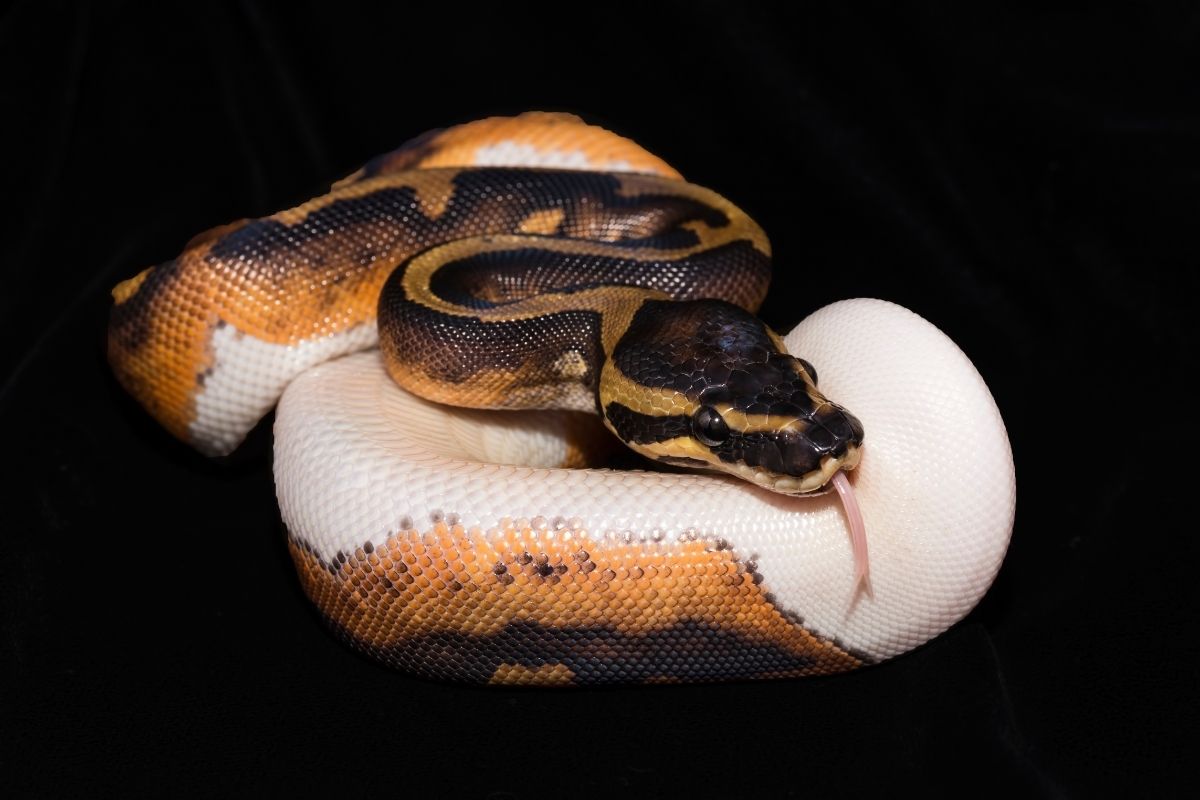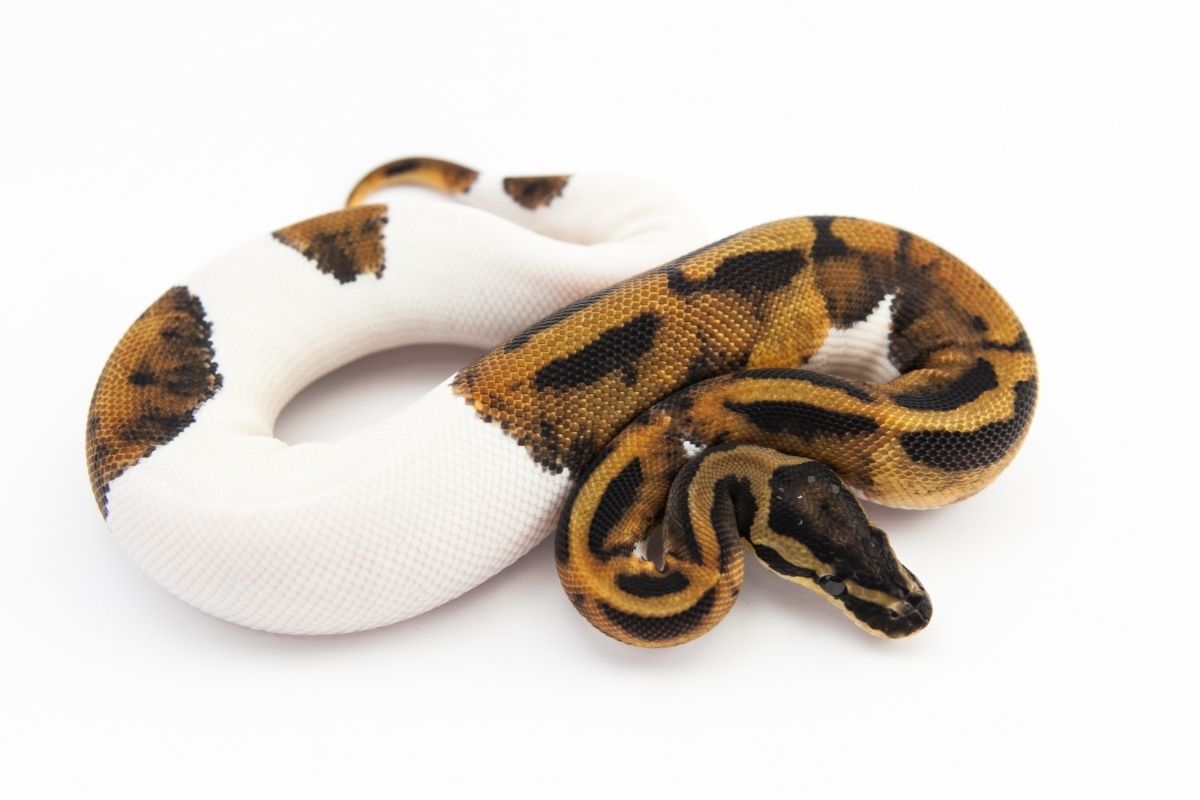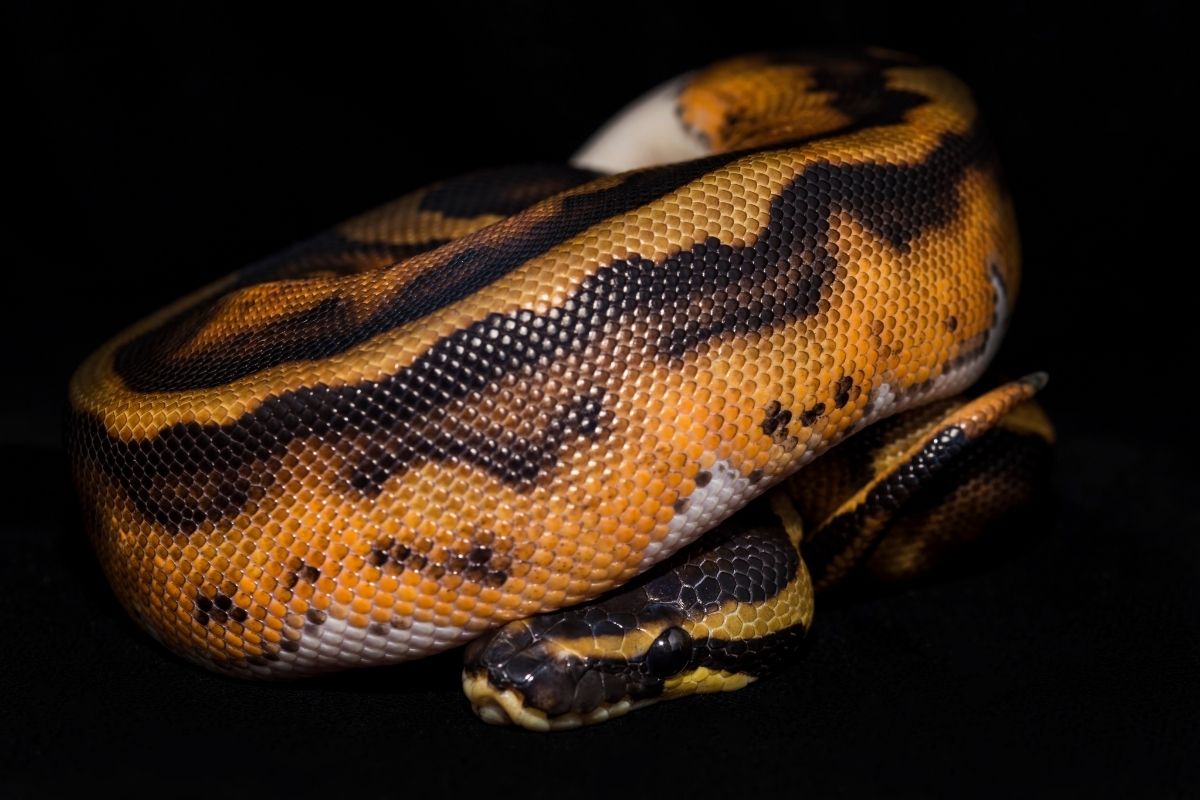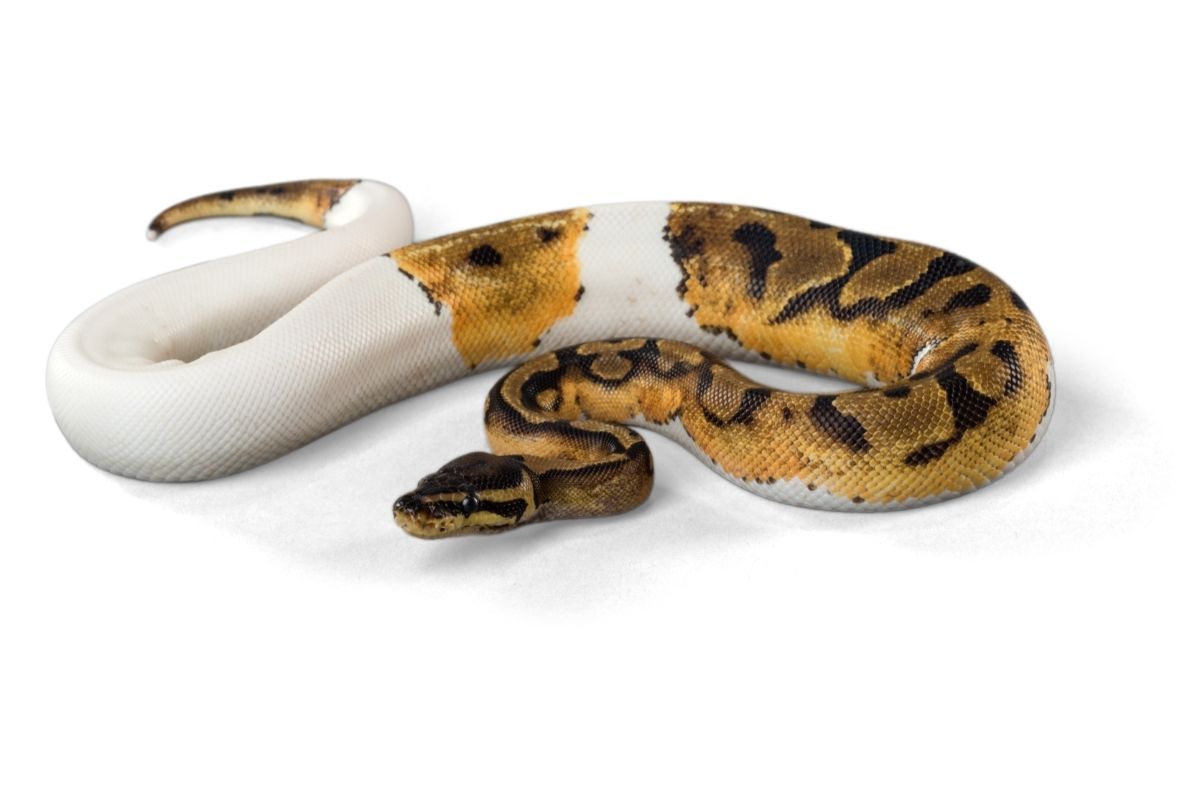Have you debated having a piebald ball python morph but don’t know much about them? Perhaps you are wondering how you can care for them or identify these snakes.
Whatever the reason is that brought you here today, we have the answer for you!

These are incredibly popular pet snakes, but what do we know about them? We can find ourselves searching and searching but never quite getting the answer we need.
Well, no more! Today we are here with all the information that you need to know about piebald ball python morphs. Keep reading to find out how you can identify them and see some pictures of these great snakes!
Piebald Ball Python Morph Discovery
So what do we know about the piebald ball python morph and their discovery? Well, these snakes are one of the first morphs discovered and are considered to be the original morph!
And it is believed that the discovery of the piebald ball python morph is what kicked the morph craze off!
So when were they discovered? These snakes were believed to be discovered in the late 1990s, with many arguing that they were first found between 1994 and 1998.
This makes them quite a discovery in the world of pet snakes!
The Meaning Of The Name
Now, many people find themselves wondering about the name of the piebald ball python morphs and where it comes from.
So, where does the name come from? Well, the term pied or piebald can refer to a range of animals and means a lack of pigmentation. And its meaning is the same with these snakes!
Piebald ball pythons usually have large white splotches on them, with their natural color as the base, and then the pied part sits on top of this base color.
So a piebald ball python might have white scales, but it won’t be completely white underneath! It’s these splotches that make these snakes so interesting!
Genetics Of Piebald Ball Python Morphs
And what about the genetics of these snakes? Well, they have a recessive genetic trait, making these morphs tricker to breed, especially if they are being bred without two mating pied ball pythons.
Now, the breeding job is a lot easier if you have two piebald ball pythons. They should produce a good amount of pied neonates that could become piebald ball python morphs.
There is still some mystery as to how they come to be, and some will have more piebald than others. It’s just another one of life’s mysteries!
When you look into piebald ball python morphs, you will see that some of these snakes are almost completely white, while others will have smaller white splotches, giving them more of a pattern than a whole color.
But is there a way to determine how much color or splotches your piebald will have?
Sadly, not. It is entirely up to chance! Any breeder will tell you that each snake is unique.
You might have a baby snake that is entire without pigment, or you might have a piebald with hardly any white splotches. You won’t know what you are going to get until it’s born!
How Much Do Piebald Ball Python Morphs Cost?
So we’ve convinced you that these snakes are the ones for you, but how much do they cost? Well, the price range varies quite a lot as almost any morph can be pied to create splotches or lack of pigment.
On average, you can expect the python to cost between 200 and 400 dollars, although this is just an average. You might find prices that are higher or lower than this, depending on the breeder you choose.
Piebald Ball Python Morph In Pictures
Now, let’s take a look at some pictures of these snakes to show you just how wonderful they are!

Let’s start with this curled-up beauty. You can see the pied feature on this snake, with its head and part of its body having a pattern, and most of the body has a white, pale pastel color.

This second image shows just how different a pied python can be. We can see that the lack of pigmentation or white splotches is far smaller, and it only has a few scales without pigment!
Most of the snake’s body has its pattern on it, but with small pops of white.

This snake can show a different pied feature. Most snakes have no pigment, with their head, one part of the body, and tail having pigment.
Most of the snake’s body is white and shows us just how different each of these snakes can look!
Final Thoughts
And there you have it! These fantastic snakes are super unique and are sure to catch your eyes and get you to do a double-take!
Piebald Ball Python Morphs are reasonably priced pet snakes with a docile nature that is full of intrigue and wonder. If you are looking for a unique snake that has white splotches or sections, then these are the snakes for you!
Be sure to check out our brief FAQ section, too, before you leave us today to find out even more about these snakes!
Frequently Asked Questions
Get your last-minute questions answered here!
Are Piebald Ball Pythons Rare?
Piebald Ball Python Morphs are quite rare in the wild, but pet snakes with this lack of pigmentation are becoming more and more common.
Again, it is entirely down to chance if your snake will have these white splotches, but you are more likely to see them in captivity than in the wild.
Are Piebald Ball Python Morphs Good Pets?
Yes, these docile snakes are fairly easy to care for! It’s the ideal snake for beginners too, as you can maintain and set up their tank easily.
You also won’t need too much equipment to care for them; just ensure that their tank is at the right heat and humidity level to ensure that they are happy and healthy.
